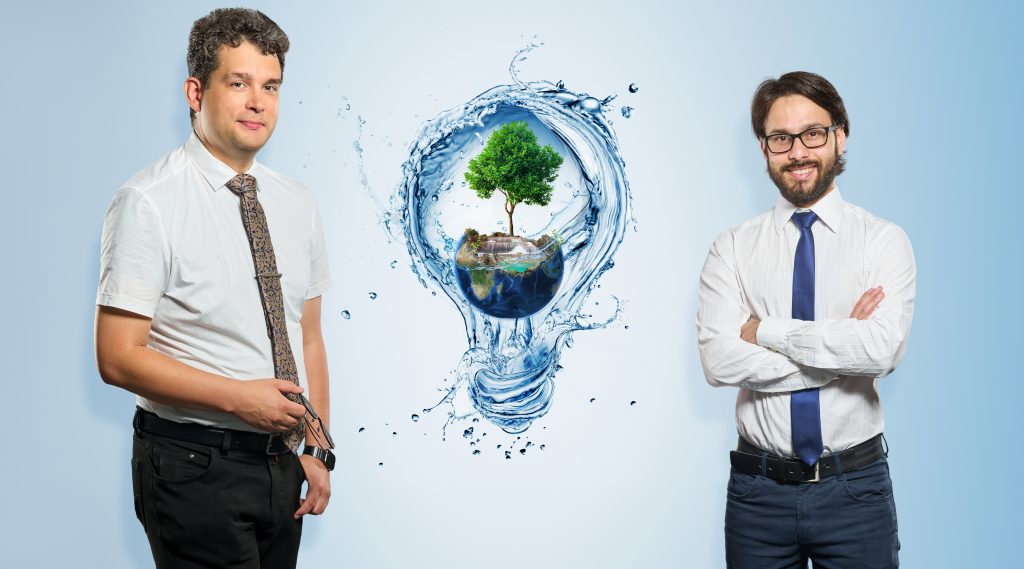New paper published in Macromolecules on surface-initiated living anionic polymerization of functional methacrylates from the surface of organic particles.
Very happy to announce that Jean Gustavo takes up the mantle of responsibility and will support the continued growth of our team in the role as Deputy Group Leader! We are looking forward to working with him in his new role to push forward our research at the energy / water / sustainability nexus.

New paper published in ACS Nano. Our work explores horn-like pore entrance geometries that boost the overall charging dynamics and charge storage of nanoporous supercapacitors. This work was in collaboration with Guang Feng (HUST).
New article published in Journal of Materials Chemistry A on high performance Mo(C,N,O)x Li-ion battery anodes. Using a continuous wet-chemical process process called a microjet reactor, we combined ammonium heptamolybdate with para-phenylenediamine, tweaking the mix to get just the right results. After applying thermal annealing, we obtained Mo(C,N,O)x with stacking defects embedded in a carbonaceous matrix. Depending on the synthesis and annealing parameters, different morphologies and phases were observed. The best of our materials yielded a high capacity of 933 mAh/g after 500 cycles! 🔋
933 mAh/g after 500 cycles… so the initial capacity must have been higher? Actually, no! On the contrary, we s tarted with about 500 mAh/g, went down a bit and then almost doubled the capacity between the 100th and 500th galvanostatic charge/discharge cycle. This has to do with the “magic of molybdenum”, as we had seen similar effects of self-activation before.🔬
Big shoutout to Mana Abdirahman Mohamed, Oliver Janka, Jörg Schmauch, and Guido Kickelbick from Universität des Saarlandes for the exciting project . 🤝 Kudos to Stefanie Arnold for her patience with this project and her excellent expertise! 🌟 And a special thanks to the Leibniz Institute for Plasma Science and Technology (INP Greifswald) e.V. (Antje Quade) for X-ray photoelectron spectroscopy. 🙌
New review article published in Advanced Energy Materials on the degradation of supercapacitors, as featured as “Editor’s Choice” and on the front cover.
Our review discusses the significance of monitoring methods and strategies for tracking the performance degradation of EDLCs and pseudocapacitors, employing a range of cutting-edge techniques such as electrochemical methods and in situ and ex situ analyses. These methods enable researchers to better understand the underlying mechanisms behind supercapacitor aging.
We also explore the intricate interplay of electrode materials, electrolytes, and other critical system aspects, including pore blocking, electrode compositions, functional groups, and corrosion of current collectors. When we understand these factors, we can pave the way for enhanced supercapacitor designs and materials that offer prolonged lifespan and improved performance. Moreover, we also examine the impact of aging from an industrial application standpoint, providing valuable insights into the real-world scenarios. And finally, we highlight future directions and challenges, including the development of innovative materials and advanced monitoring methods, to combat performance degradation effectively.
Team INM-Leibniz Institute for New Materials: Emmanuel Pameté, Volker Presser
Team Friedrich Schiller University Jena: Lukas Köps, Fabian Kreth, Andrea Balducci
Skeleton Technologies: Sebastian Pohlmann
Helmholtz Institute Ulm (HIU): Alberto Varzi
Nantes Université: Thierry Brousse
New paper published in Nano Research. Heavy metal pollution is a major environmental problem to the environment and human health. Adsorption is an effective approach with a straightforward process, adaptability to a wide range of water concentrations, and high selectivity. But commonly, the materials are designed for a one-time-use and discarded after they have reached their uptake capacity.
Electrochemistry is a promising way to re-use materials by simple charge/discharge cycling. We demonstrated electrochemically enhanced selective lead removal with FeOOH. FeOOH is an environmentally friendly and cost-effective sorbent. And it is conveniently available on large scale. Our work demonstrates the feasibility of regenerating FeOOH by charge and provides a new approach for recycling and upcycling FeOOH sorbent.
Our recent study investigated the selectivity of FeOOH in a mixed solution of Co2+, Ni2+, and Pb2+ and proposed to enhance the capacity and regenerate FeOOH by using external charges. Our results demonstrated that FeOOH showed superior selectivity towards Pb2+ compared to Co2+ and Ni2+, with a purity of 97±3% in the extracts. The high selectivity is attributed to the lower activation energy for Pb2+ sorption. The system also exhibited a Pb2+ uptake capacity of 37.4 mg/g with high selectivity when using industrially exhausted granular ferric hydroxide as the electrode material.
